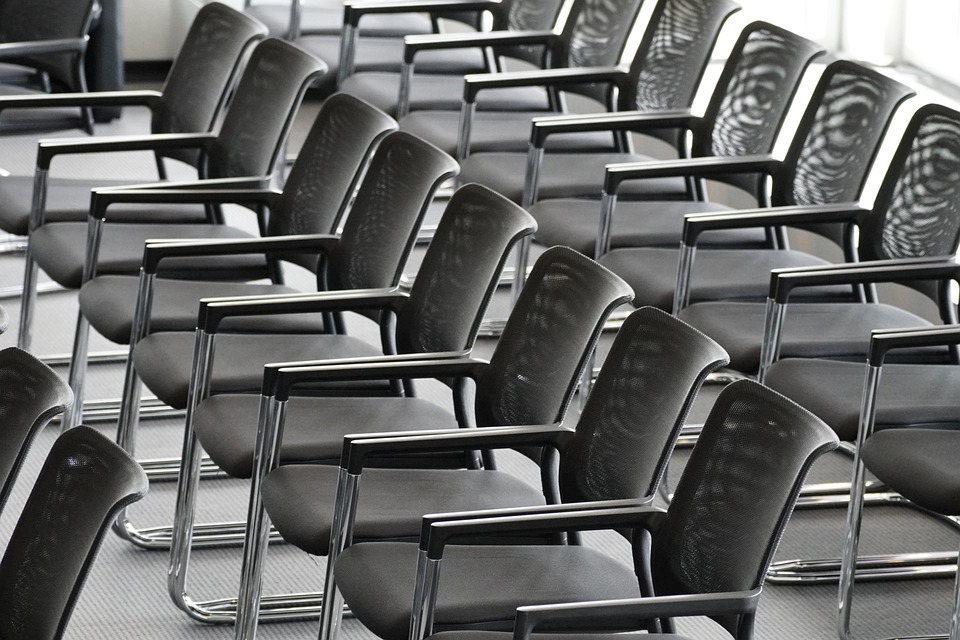Meet the Traditional Owners: Exploring the Rich Cultural Heritage of WA
Western Australia is a land of breathtaking beauty, from the rugged Outback to the stunning coastline. But beneath the surface of this stunning landscape lies a rich cultural heritage, shaped by the Traditional Owners who have lived on this land for thousands of years. In this article, we’ll delve into the history and traditions of the Traditional Owners of Western Australia, and explore the ways in which their culture continues to thrive today.
A Brief History
The Traditional Owners of Western Australia are the Indigenous Aboriginal and Torres Strait Islander peoples, who have been living on this land for at least 65,000 years. For thousands of years, these communities thrived, developing complex societies, languages, and cultures that were deeply connected to the land. However, the arrival of European settlers in the 18th century brought significant disruption and trauma to these communities, leading to the loss of land, culture, and lives.
Traditional Owners Today
Despite the challenges they have faced, the Traditional Owners of Western Australia continue to play a vital role in the state’s cultural landscape. Many communities are working to revitalize their languages, arts, and cultural practices, and to reclaim their rights to their traditional lands. This includes advocating for recognition and compensation for the theft of their land and the impact of colonization, as well as working to preserve and protect their cultural heritage for future generations.
Cultural Practices
Traditional Owners of Western Australia have a deep connection to the land and a rich cultural heritage. Some of the traditional practices that continue to thrive today include:
- Dreaming stories: The Traditional Owners of Western Australia have a deep understanding of the land and its significance in their cultural practices. Dreaming stories, which are passed down through generations, explain the creation of the land, animals, and people, and continue to play a vital role in daily life.
- Language: Many Indigenous languages are still spoken today, and language programs are being developed to teach children and young people their traditional languages.
- Art: Traditional Owners of Western Australia are renowned for their artistic skills, including painting, carving, and weaving. Many artists continue to create traditional artworks, as well as contemporary pieces that blend traditional techniques with modern themes.
- Music: Music is an integral part of Indigenous culture, and many Traditional Owners of Western Australia continue to sing and play traditional instruments, such as the didgeridoo.
Meeting the Traditional Owners
One of the best ways to experience the rich cultural heritage of Western Australia is to meet the Traditional Owners themselves. Many communities offer tours and cultural experiences, including:
- Indigenous-led tours: Join a Traditional Owner-led tour to explore the land and learn about its significance in their culture.
- Cultural festivals: Attend one of the many cultural festivals held throughout the year, which showcase the music, dance, and art of the Traditional Owners.
- Workshops and classes: Learn traditional skills, such as weaving, painting, or carving, from experienced Traditional Owners.
Image
[Image: A group of Traditional Owners from the Noongar community, gathered around a traditional fire, singing and playing traditional instruments. (Source: Getty Images)]
Frequently Asked Questions
Q: What is the significance of the Dreaming stories in Indigenous culture?
A: Dreaming stories are an integral part of Indigenous culture, explaining the creation of the land, animals, and people, and continue to play a vital role in daily life.
Q: How can I support the Traditional Owners of Western Australia?
A: Support the Traditional Owners by attending cultural festivals, purchasing traditional artworks, and advocating for their rights to their traditional lands.
Q: What is the importance of language preservation in Indigenous culture?
A: Language preservation is crucial in Indigenous culture, as it is a key part of cultural identity and is passed down through generations.
Q: Can I visit the Traditional Owners’ communities?
A: Yes, many Traditional Owners’ communities offer tours and cultural experiences. However, it is essential to approach these experiences with respect and sensitivity, and to follow any guidelines or protocols provided by the community.
By exploring the rich cultural heritage of Western Australia, we can gain a deeper understanding of the Traditional Owners and their significance in the state’s history and identity. Whether you’re interested in learning about the Dreaming stories, attending a cultural festival, or simply showing respect and appreciation for the Traditional Owners, there are many ways to engage with and support this vibrant and resilient culture.


